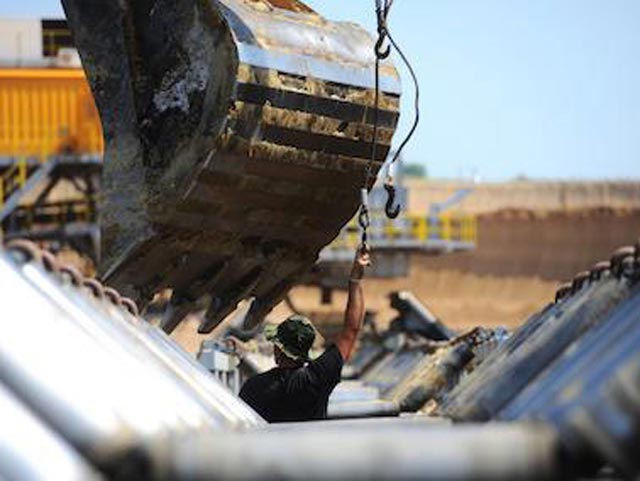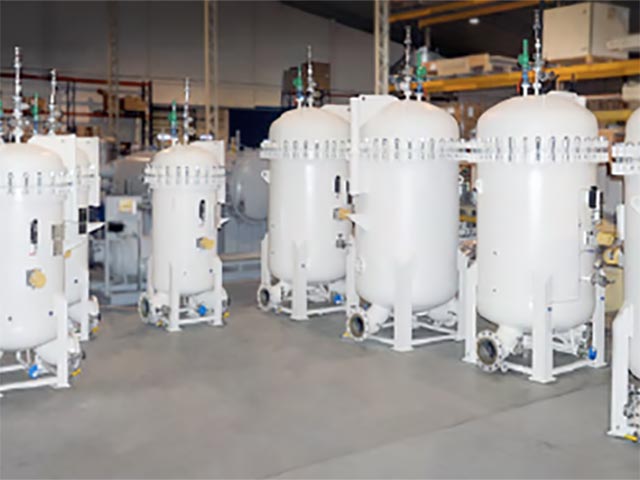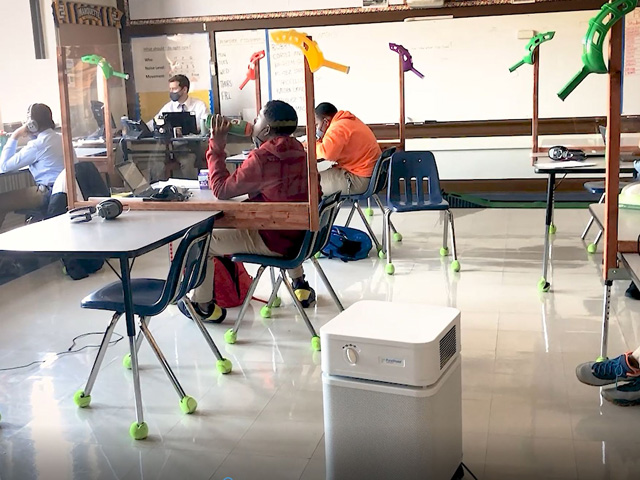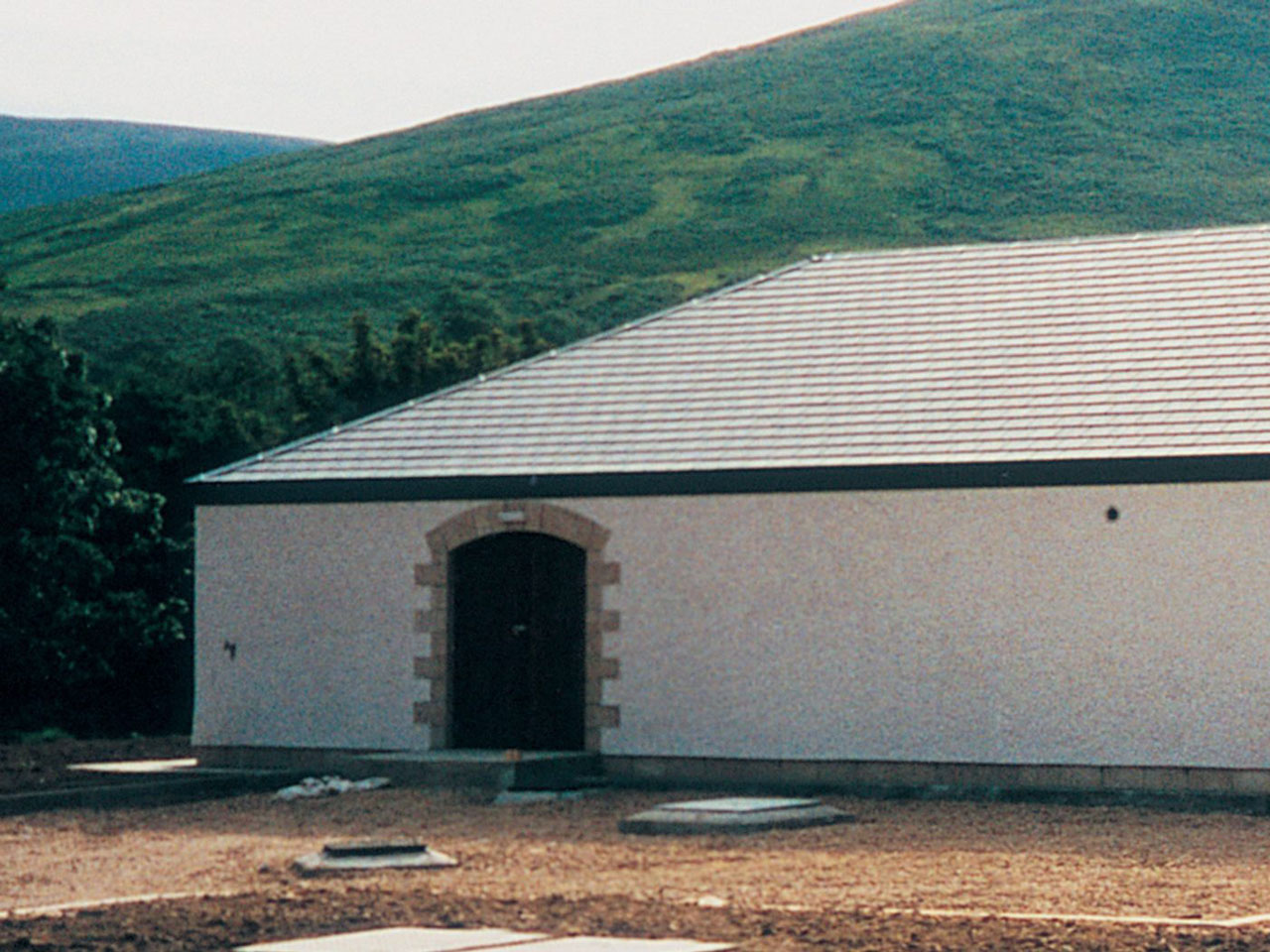Purafil increases yield at the world’s largest copper mine

Kennecott Utah Copper uses Purafil to control corrosion and protect mining equipment.
Facing repeated equipment failures and replacements that lowered productivity at the world’s largest open-pit copper mine, Kennecott Utah Copper brought in Roto Aire Filter Sales and Purafil to help. The team’s expert service, analytical testing, and unique clean air solutions increased yield and decreased spending on equipment.
THE CHALLENGE
Repeated failure of electronic controls and instrumentation threatened record-breaking mining yields.
More than a century ago, miners began drilling in the Bingham Canyon in Utah. After all the lead, gold and silver were gone, only low concentrations of copper remained. But since 1903, Kennecott Utah Copper (formally Utah Copper Company) has defied the odds and continues to reach record-breaking numbers at the world’s largest open-pit copper mine. In fact, Bingham Canyon has yielded more than any other mine to date, topping 18.1 million tons of copper.
The ore fresh out of Bingham Canyon consists of about 0.5% of copper. A complex process transforms it into the final product: 99% pure copper. But the process was wreaking havoc on the company’s electronic control equipment and instrumentation.
Kennecott Utah Copper’s Lead Mechanical Engineering Repair Coordinator Quinn May admits that Kennecott was losing 6,000 data points on a regular basis, significantly compromising the overall control process. This loss led to repeated equipment failures, costly replacements, and an inevitable decrease in yield. “Premature failures in the control room and electrical room were astronomical,” explained May.
THE SOLUTION
To hone in on equipment failure causes, Kennecott Utah Copper called in air quality experts from Purafil.
Knowing that gas byproducts of the copper concentrating and smelting processes – hydrogen sulfide, sulfur dioxide, nitric oxide, nitrogen dioxide and ammonias – are all corrosive to electrical equipment, May contacted filtration experts from Purafil and its local representative, Roto Aire. The team set up a comprehensive site assessment based on the Instrumentation Society of America (ISA) Standard S71.04-1985, which outlines the proper environment necessary for electronic equipment to survive.
The assessment involved placing copper and silver Corrosion Classification Coupons (CCC) in the control and mechanical rooms to precisely determine the levels of corrosion. According to the ISA standard, control and mechanical rooms must have an air quality classification of G1 for electronic equipment to survive. A G1 classification equals less than 300 Å (Angstroms) of corrosive growth on the test coupons over a 30-day period.
May recalls the extreme levels of corrosion that were identified during the site assessment. “The top of the chart was 2,000 [Angstroms] and our readings were at 11,000,” May said. Those chart-topping corrosion readings explained why the company was replacing electronic components on a monthly basis. The control rooms needed an advanced air-cleaning solution, and fast.
THE RESULTS
An environmental control system relies on Purafil products to protect vital company equipment from corrosion.
After the comprehensive assessment of Kennecott Utah Copper’s environment, May traveled to Purafil’s facility and learned first-hand about solutions to his company’s corrosion problems. In Utah, a Purafil Positive Pressurization Unit (PPU), and Purafil Corrosive Air (CA), System were installed in the control and electrical rooms to eliminate the detrimental effects of corrosion on the company’s equipment. A Purafil OnGuard Continuous Corrosion Transmitter (CCT), was also installed to monitor the environment for any additional problems and to verify the G1 rating in the space. Thanks to the vigilance of the filtration and monitoring systems in place, Kennecott Utah Copper continues its upward trajectory of record-breaking copper yields while reducing recurring spending on equipment replacement.





